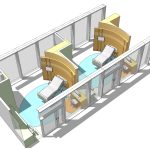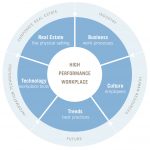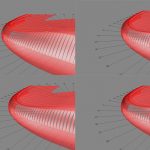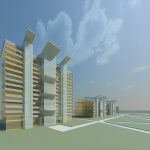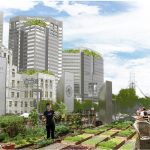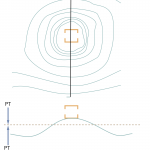
This paper is based on a technical report that was intended to provide the University of British Columbia’s (UBC) Sustainability Office with a potential strategy to move the Point Grey Campus to carbon neutrality without the purchase of carbon offsets by 2030 and to recommend a green building rating system that would form part of... Read more »

